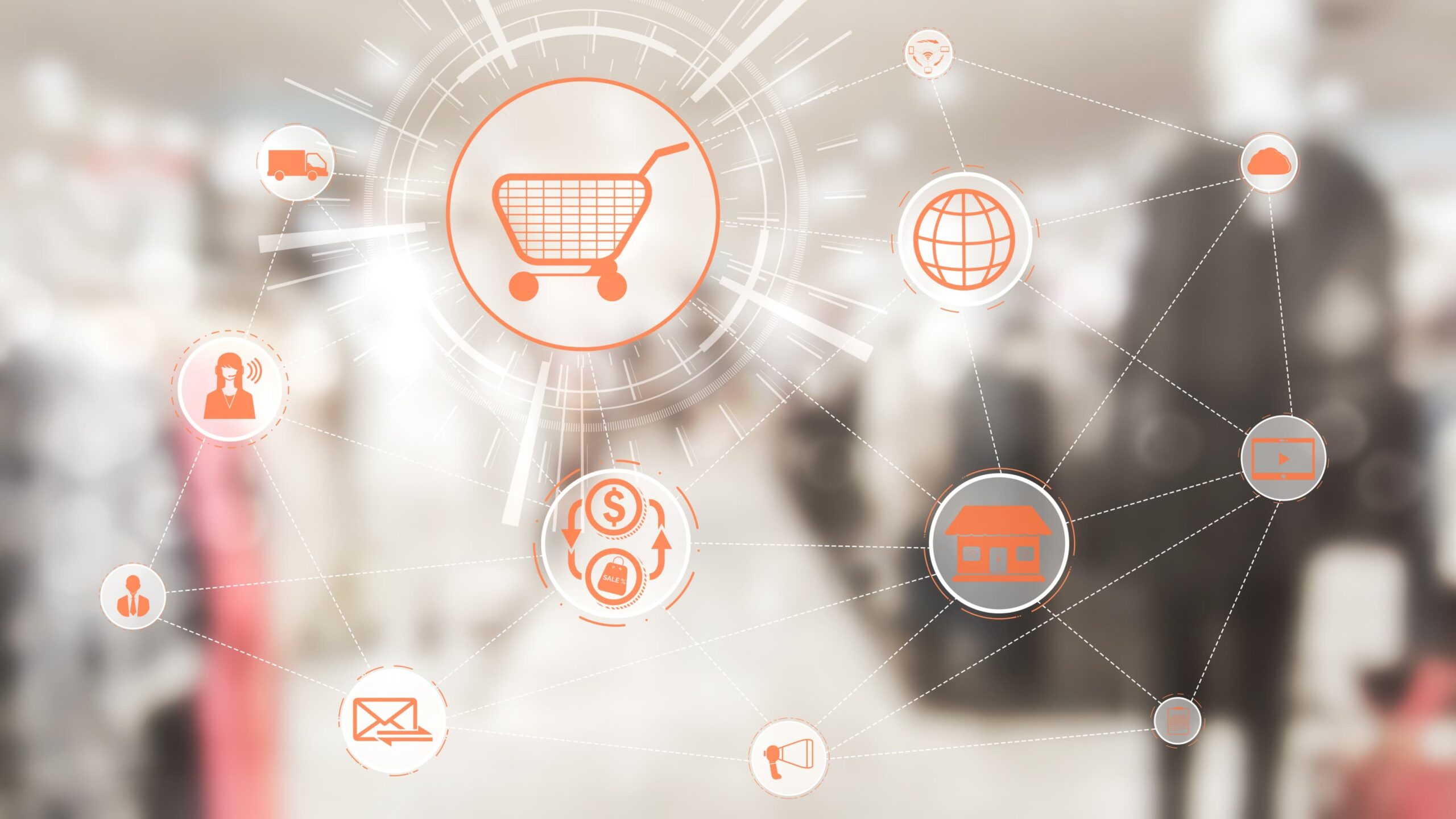Introduction
Mobile ethnography is a valuable research method that enables researchers to gain rich insights into participants’ behaviors and experiences. In the context of retail, it provides a unique opportunity to improve customer experiences and drive greater business success through real-time interaction, data collection, and analysis.
Remote mobile ethnography & retail insights
Mobile ethnography leverages smartphones to gather insights about shoppers’ behaviors, feelings, and experiences both in the real world and the digital world. This qualitative research method involves observation, but what sets it apart from many other research methods is that researchers can interact with their subjects. Qualitative research expert, Siamack Salari, likens traditional qualitative research methods like in-depth interviews and focus groups to studying fish in an aquarium, whereas mobile ethnography allows researchers to snorkel with the fish. Through both observation and interaction, researchers gather rich insights into the behaviors, thoughts, and cultural backgrounds that affect people.
In the context of retail, mobile ethnography can be utilized to understand the behaviors and thoughts of actual shoppers while they browse a website or navigate a store. Researchers can collect information on how customers interact with products, displays, and advertising — allowing insights teams to understand how they can improve customer experiences and meet greater business objectives. With this type of study, researchers can collect a range of data to better understand their customers, like audio & video recordings, photos, text messages, and surveys.
Conducting mobile retail ethnography
Depending on the objectives and the scope of the study, the timeframe during which research is conducted can vary vastly. Mobile ethnography studies generally range from a few days to a few weeks — far quicker than traditional ethnography studies, which can last months or years. Typically, the study’s length depends on the specific research objectives, the number of participants, how the data is being collected, and the amount of data needing analysis.
For example, researchers may find that they require a longer study that aims to uncover insights on customer journeys in physical stores, while other objectives like checkout processes and product displays may be much faster studies.

The steps
- Define the objectives and questions of the study
Before the study, researchers must define what they seek to understand. From there, they can gather questions that link to the greater research objectives. Then, they can use these objectives and questions as a guide to building the study, collecting data, and analyzing results. - Recruit participants with profiles that match audiences
To gather insightful information to meet the objectives of your study, researchers should recruit participants with profiles that match their audiences. Researchers should design a screener that tracks for known traits of the target audience. - Choose the right platform to conduct the study on
There are many platforms to utilize, but you should ensure that your platform is robust enough to meet the needs of mobile ethnography. Researchers must be able to both observe and interact with participants; thus, researchers need a platform that allows for probing via real-time messaging and advanced recording software to capture unmoderated activity. Using a platform like EthOS, researchers can leverage asynchronous follow-up questions (probes) to dig deeper for insights and get greater context into the emotions and touchpoints within the shopping journey. This allows researchers to have a fluid, flowing conversation about the shopper’s experience at each touchpoint throughout the study. Sentiment is captured within each touchpoint providing the researcher with metrics that help identify pain points. - Decide how data will be collected
The UX researcher or team of researchers should find out how, when, and what is being captured during the study. They should define the type of data being collected, like video recordings or remote interviews. They should define the course of the study and when data collection will occur. Further, decide how data will be interpreted through predefined qualitative measures and scorecards. - Gather data over the course of the study
Once the study begins, researchers can start collecting data according to the research plan. Researchers can begin to probe into patterns and insights that begin to emerge across all participants or dig into micro trends across certain sub-sets of participants. - Synthesize and analyze data
After data collection, researchers can synthesize findings and begin to analyze key results that meet objectives and answer the research questions. Researchers can review sentiment analysis, both on the individual response level and aggregated across all participants. Coding individual entries also helps research teams organize data and unearth themes. - Draw conclusions for a final report and presentation
Based on the analysis, researchers may draw conclusions and summarize recommendations for future research or product development, like a change to a checkout process or changing the layout of certain e-commerce flows. The results and recommendations should be addressed in a final report and presentation with key stakeholders and the business team. Video or showreels of participants’ own experiences can be used as part of a powerful presentation.
Use cases for mobile ethnography
With mobile ethnography, retail companies can:
- Map out customer journeys
Mobile ethnography can track how users navigate shopping experiences in-store or online. As a result, they can understand the challenges and pain points that arise from initial entry to final purchase. - Optimize physical store layouts
By tracking how users navigate stores, researchers can understand the natural flow of users through physical experiences and where users spend more time. Further, similar research can be translated to e-commerce sites to understand how users navigate an overall website and where they are most enticed. - Improve product displays
Findings may show that participants are attracted to certain displays over others; this can help businesses gather best practices on displays that will entice their customers at more points in the shopping experience. - Enhance the customer experience
By capturing data on emotions and feelings, researchers can pinpoint the gaps and challenges that users face by suggesting solutions that will improve the customer experience. - Evaluate marketing campaigns
Mobile ethnography can produce robust findings about how customers engage with advertisements and promotions, allowing businesses to understand the true effect specific campaigns have on users.
The benefits of mobile ethnography
Businesses reap hardy benefits from studies like these, including:
- Real-time data
Emotions, decision-making, and behaviors are captured in real-time during the course of a mobile ethnography study, which helps businesses paint a more accurate picture of how customers are interacting with a product or service. - In-depth insights
Through mobile ethnography, researchers can interact and observe how participants navigate in-store or online experiences. - Holistic perspective
Through this method, researchers can amass a bird’s eye view of the customer experiences by seeing how multiple factors influence the customer journey. - Practical application
Findings from these studies can help improve layouts of physical stores and retail websites as well as product displays and customer service experiences, which leads to increased profits, better engagement, and enhanced customer satisfaction.
Conclusion
In conclusion, mobile ethnography is a valuable research method for gaining deep insights into participants’ behaviors and experiences, particularly in the retail industry. By leveraging shoppers’ mobile devices to gather in-the-moment insights about their behaviors, feelings, and experiences, mobile ethnography allows researchers to interact with their subjects to gather richer insights into the shoppers’ behaviors, thoughts, and cultural backgrounds. By utilizing mobile ethnography, retail companies can capture often hidden or unreported context and thereby improve customer experiences and drive greater business success.

